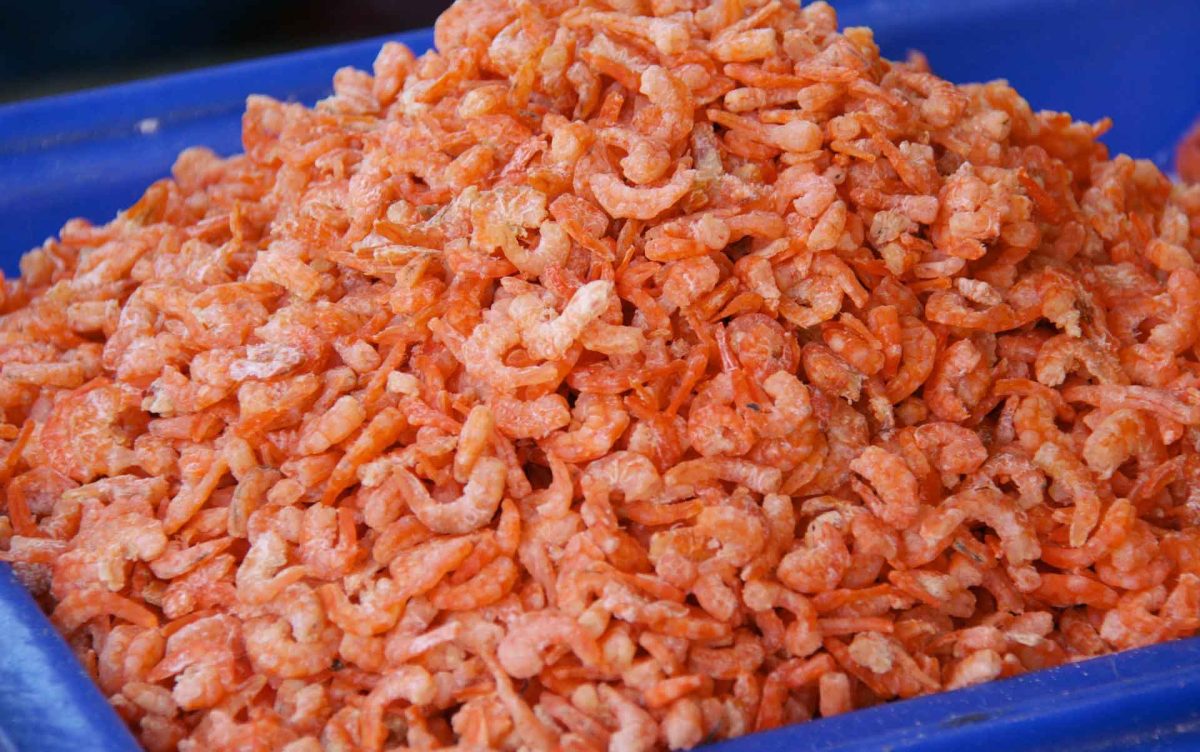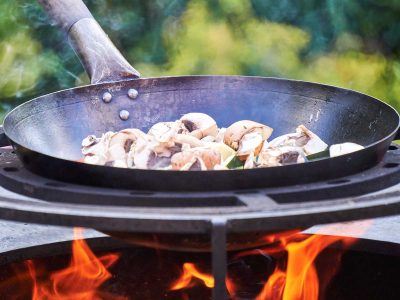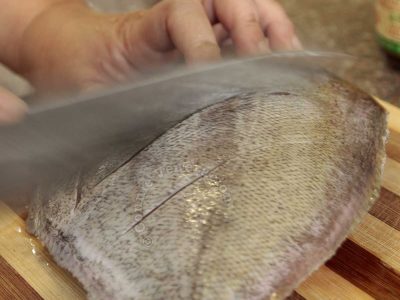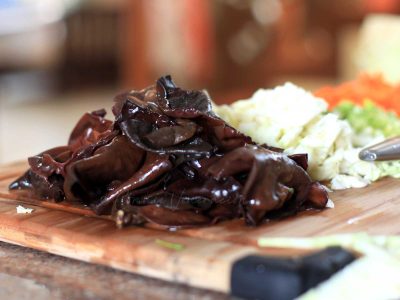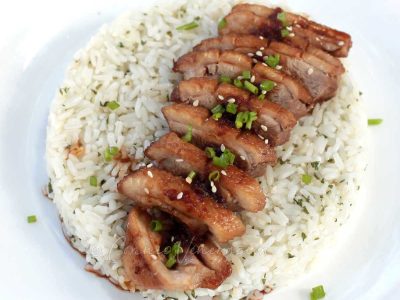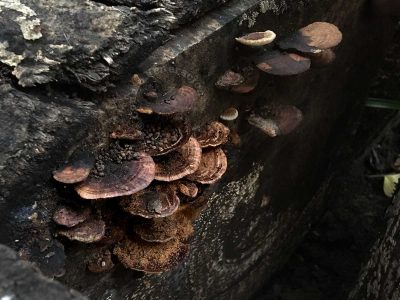This is one ingredient that illustrates well the saying that “a little goes a long, long way”. These tiny sun-dried shrimps are so tasty that you only need a few tablespoonfuls to really bring a plain vegetable dish to new heights of excitement.
Although they are known by different names, dried shrimp is a cooking ingredient found in many Asian cuisines. It is found in Chinese, Malaysian and Korean cuisines. It is known as kung haeng (or is it goong hang?) in Thailand and tôm khô in Vietnam. It is used in soups, pastes, sauces and stir fries. In the Philippines, we call it hibe and it is often added to sautéed vegetables to take the place of the more expensive meat.
How to choose dried shrimps
Because there are so many kinds of dried shrimps in the market, you need to know which one is best for the dish you want to cook.
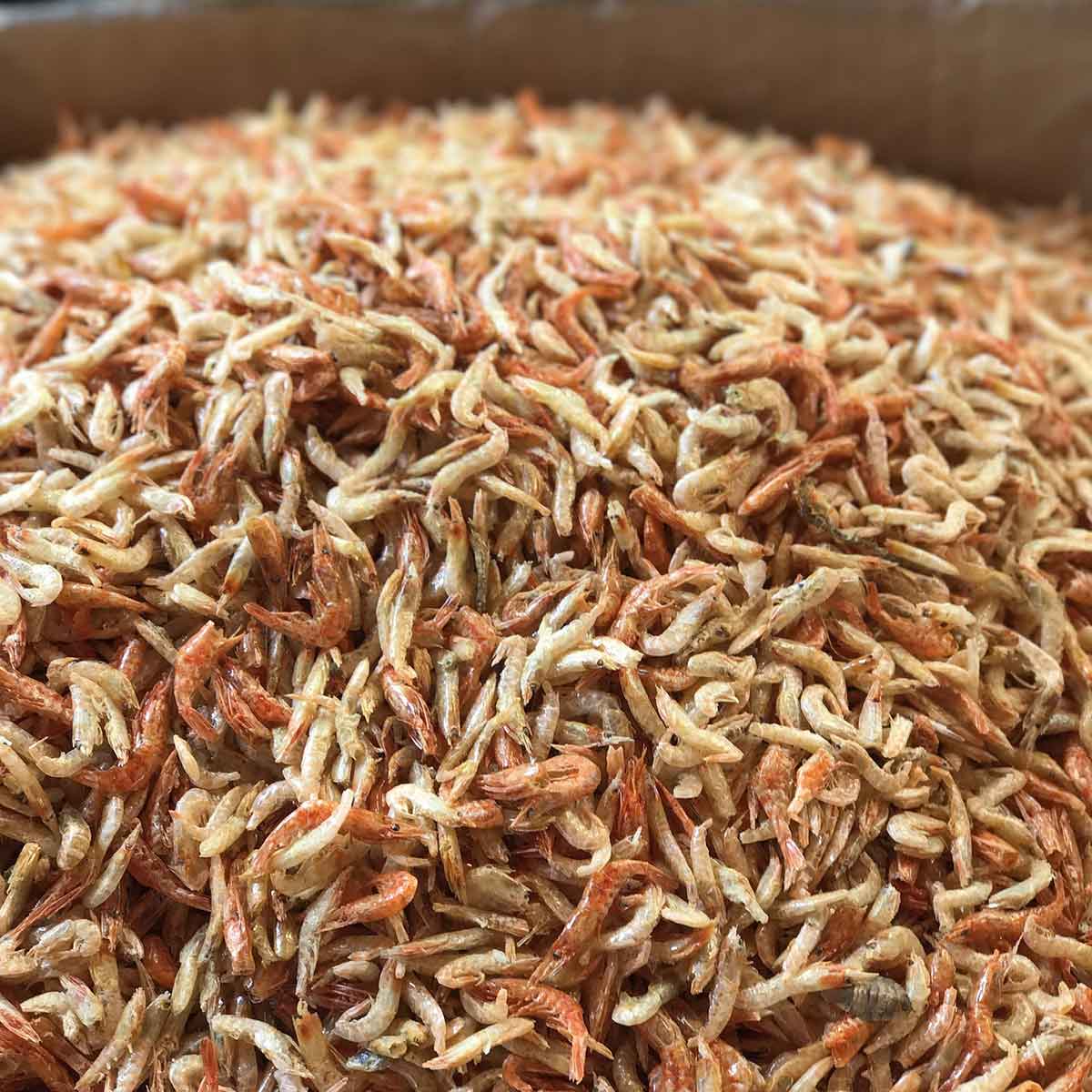
Dried shrimp comes in many sizes. They may also come salted or unsalted, and with or without the heads, shells and tails. The small ones, the kind commonly used in Southeast Asia may be added directly to the pan or first rehydrated in a little warm water.
Check the recipe to determine if it calls for salted or unsalted dried shrimps, and whether you need the ones with or without heads, tails and shells. If you’re going to make Chinese XO sauce, for instance, unsalted and shelled shrimps would be ideal. If, however, the dried shrimps are meant to be boiled to make broth, you’ll want the kind with heads, shells and tails.
Next, check the expiry date on the pack of dried shrimps. The farther the expiry date, the better.
How to prepare dried shrimps for cooking
In many cases, recipes that list dried shrimps among the ingredients also provide instructions on how to prepare and use them.
Nine times out of ten, dried shrimps need to be rehydrated. When rehydrating, place the dried shrimps in a bowl and pour just enough warm water to cover. You want the shrimps to soak up the water so that no pool of water is left when you scoop out the shrimps. Too much excess water that gets thrown out means more flavor is lost.
How to store dried shrimps
Most of the time, and especially because you only need a small amount of dried shrimps for a dish, you won’t be able to consume everything in the packet that you bought. Should you just transfer the excess to a covered jar and keep the dried shrimps in the pantry?
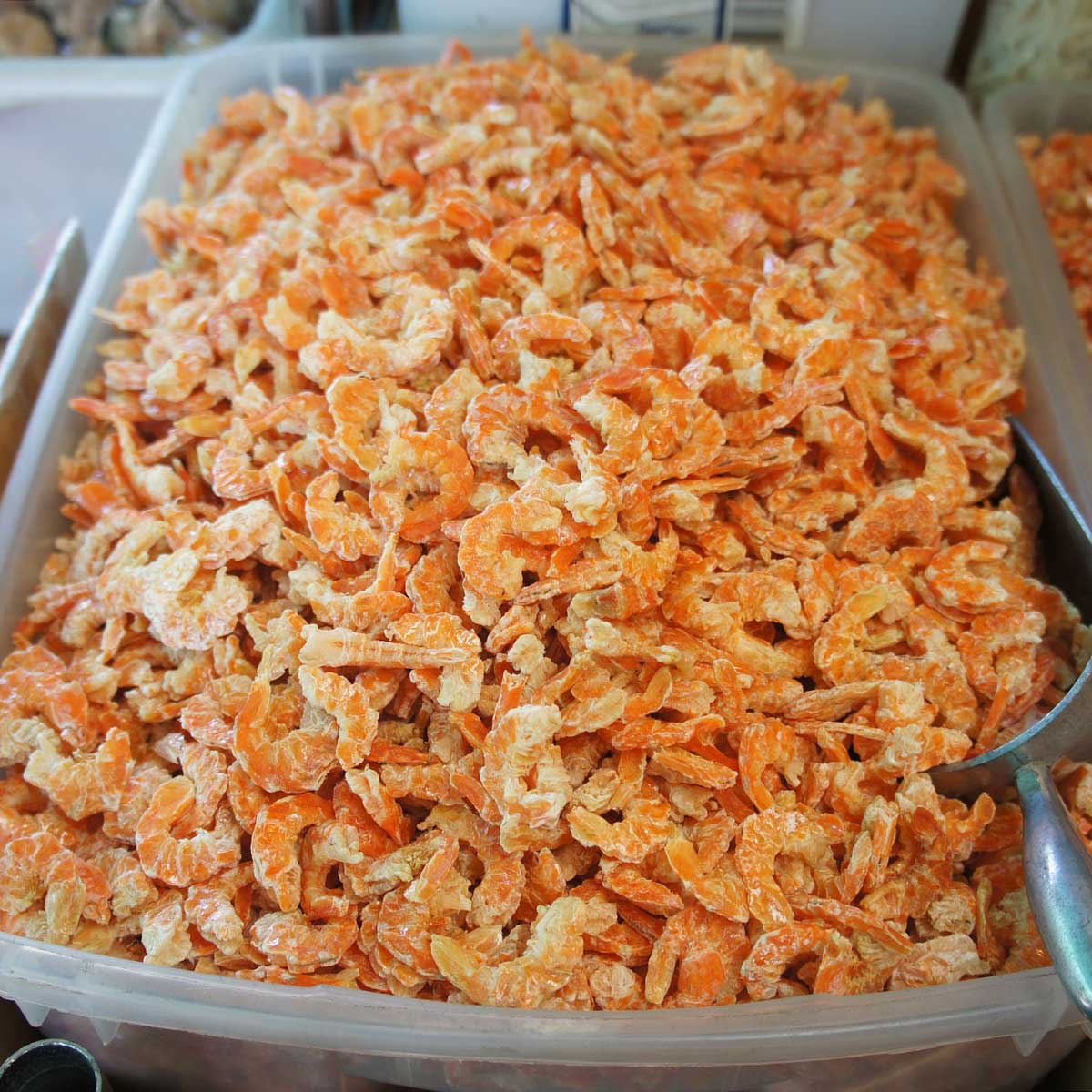
Just because the shrimps have been dried doesn’t mean they are exempt from spoilage. Depending on how humid it gets in your region, molds might be the worst enemy of dried shrimps. Once they get moldy, you have no other choice but to throw them away.
The best way to store dried shrimps is to transfer them to a jar with a screw-type cap. Keep the jar in the refrigerator.
When you need some dried shrimps for a dish, make sure that you use a clean and dry spoon or measuring cup to scoop out the required amount from the jar. Replace the cap and return the shrimps to the fridge.
How long do dried shrimps last in the fridge?
How long the dried shrimps stay good for cooking depends on several factors.
How were they packed? Vacuum-packaging lengthens shelf life.
When you bought the dried shrimps in the grocery, were they in the refrigerated section or not? Unopened packs of dried shrimps that have been kept at room temperature lose their freshness faster.
Salted dried shrimps generally last longer but use within a month or two.

